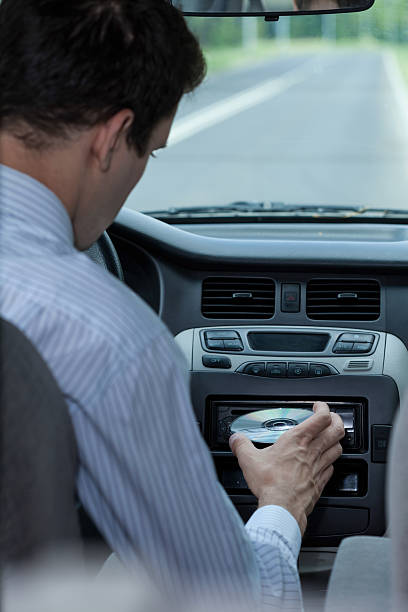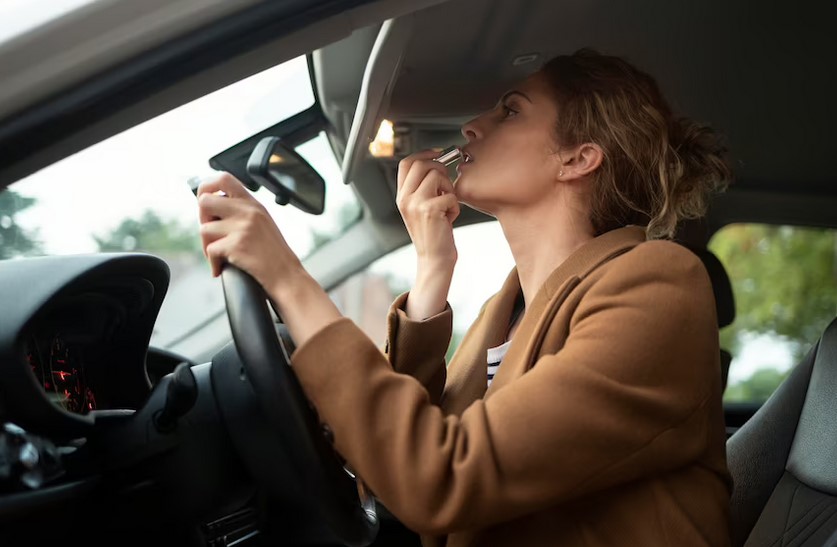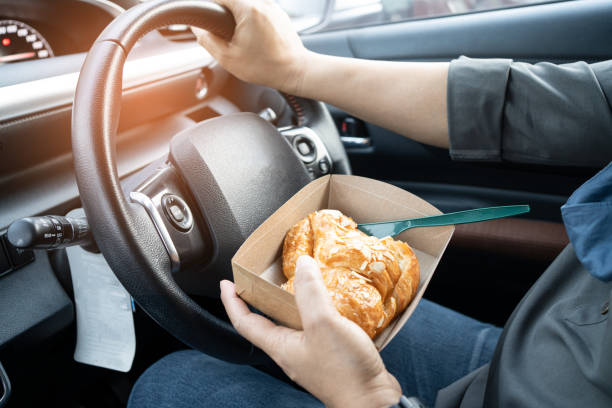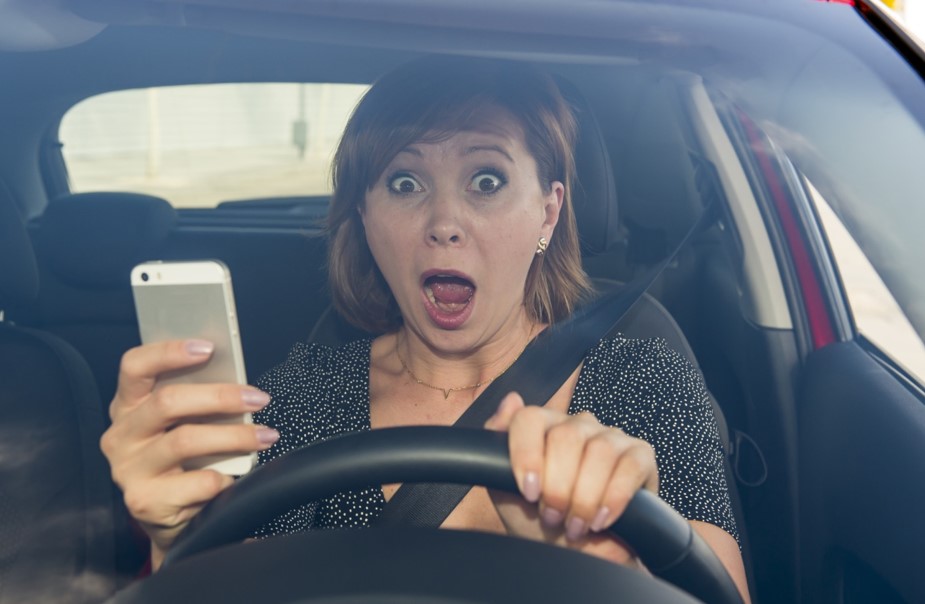In Canada, distracted driving has become a leading cause of road accidents, resulting in injuries and fatalities. It is crucial for drivers to understand the various types of distraction that can impair their ability to focus on the road and operate a vehicle safely. In this article, we will explore the different types of distracted driving prevalent in Canada, along with statistics highlighting the impact of these behaviors on road safety.
What is Distracted Driving?

Distracted driving refers to any activity that takes a driver’s attention away from the task of driving. This includes visual distractions that take your eyes off the road, manual distractions that take your hands off the wheel, and cognitive distractions that take your mind off driving. In Canada, distracted driving is a serious problem that contributes to a large number of accidents on the roads each year.
Statistics of Road Accidents Due to Distracted Driving
According to data from the Canadian Automobile Association (CAA), distracted driving is a factor in up to 80% of all traffic accidents. This alarming statistic highlights the widespread nature of the issue and the need for increased awareness and enforcement of distracted driving laws. In addition, a study conducted by the Insurance Bureau of Canada revealed that distracted driving is the leading cause of fatalities on Canadian roads, surpassing impaired driving as the primary risk factor.
Types of Distracted Driving

There are several common types of distracted driving that drivers in Canada should be aware of to ensure their safety on the roads. These include:
- Texting and Driving: Texting while driving is one of the most dangerous forms of distraction, as it involves visual, manual, and cognitive components. Taking your eyes off the road to read or send a text, taking your hands off the wheel to type, and focusing on the message instead of driving can have deadly consequences.
- Using a Cell Phone: Talking on a cell phone, whether handheld or hands-free, can distract drivers and impair their ability to react quickly to changing road conditions. Even using a phone to check social media or navigation apps can divert attention from driving.
- Eating and Drinking: Consuming food and beverages while driving may seem like a harmless activity, but it can result in significant distractions. Spills, reaching for items, and unwrapping food all require drivers to take their hands off the wheel and their eyes off the road.
- Adjusting the Radio or GPS: Fiddling with the radio, changing music tracks, or programming a GPS device can all divert a driver’s attention from the road. Even a moment of distraction can lead to a serious accident.
- Talking to Passengers: Engaging in conversations with passengers can be a source of cognitive distraction for drivers. Loud or heated discussions can draw attention away from the task of driving and increase the risk of accidents.
How Can Distracted Driving Be Avoided?

To avoid the dangers of distracted driving, drivers in Canada should take proactive steps to minimize distractions while behind the wheel. Some simple tips to prevent distracted driving include:
- Put your phone away: Keep your phone out of reach and avoid using it while driving.
- Pull over if necessary: If you need to make a call or send a text, safely pull over to the side of the road.
- Set up navigation before driving: Program your GPS or navigation system before starting your journey.
- Limit distractions: Avoid eating, drinking, or engaging in activities that take your focus away from driving.
In conclusion, understanding the various types of distracted driving and the potential consequences can help promote safer driving habits and reduce the number of accidents on Canadian roads. By educating drivers about the risks associated with distractions behind the wheel and encouraging responsible behavior, we can work towards creating a safer road environment for all. Stay focused, stay alert, and stay safe on the roads.
